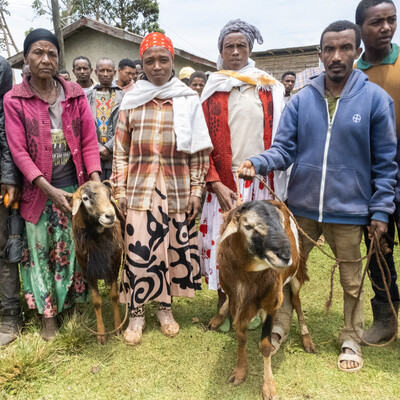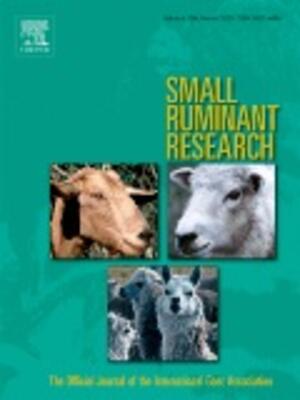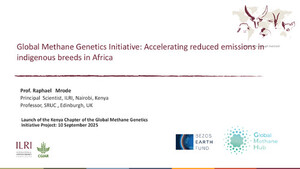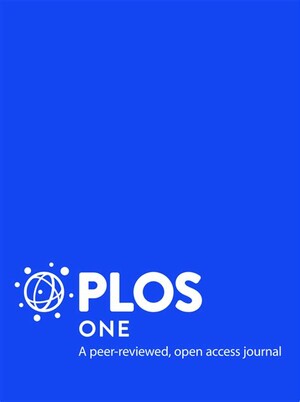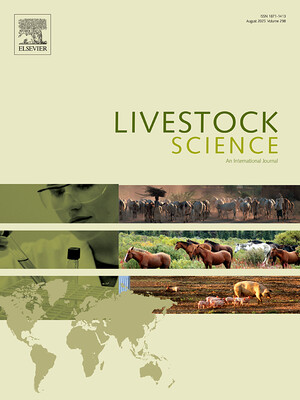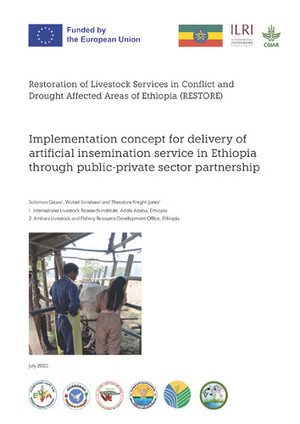
Improved herd management technologies for enhancing livestock productivity: Embedding innovations through community groups
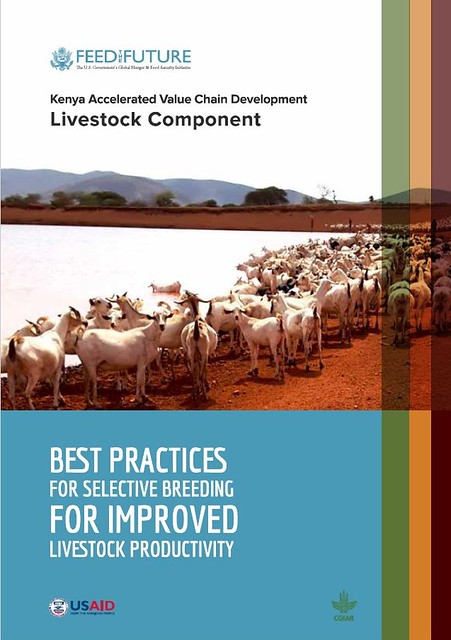
Livestock production remains a critical pillar that supports the livelihoods and meets the nutritional needs of pastoralist communities occupying the arid and semi-arid regions of Kenya. These regions, however, have high levels of poverty (over 60%), exacerbated by poor accessibility and frequent droughts. Strategic and sustained reforms are required to reverse the increasing poverty levels and reduce food insecurity and malnutrition in these areas.
The International Livestock Research Institute (ILRI) through the United States Agency for International Development (USAID)-funded Accelerated Value Chain Development – Livestock Component project, and national partners implemented interventions to improve sheep and goat productivity in Garissa, Isiolo, Marsabit, Turkana, and Wajir counties in Kenya, through better herd breeding and management. The project supported the establishment of community-based herd improvement platforms to introduce, implement and scale out improved herd management technologies and practices to produce better quality livestock, particularly sheep and goats. The innovations included the introduction of breeding tools, objective measures in characterizing animals at markets, and education about animal grading and fattening methods.
To ensure the success and sustainability of the interventions, strong and interactive Community Innovation Groups (CIGs) were established in each of the counties. CIGs are common-interest group platforms through which livestock producers learn and practice improved herd management by adopting selected technologies and mutual sharing of knowledge and skills. The CIGs were used to spread the technologies to producers and communities.
Manuals on best practices for selective breeding
To support adoption and expanded use of the practices introduced through the CIGs, the project has developed a series of manuals for livestock development partners and producers. Use of the manuals will add value to the sustainable production, management and marketing of sheep and goats in pastoral systems using community-focused interventions.
The Best practices for selective breeding for improved livestock productivity manuals are available in two modules (Enquire and Engage) that feature illustrations and attractive graphics, useful guidelines for facilitators, interactive activities and practical examples, to facilitate content delivery.
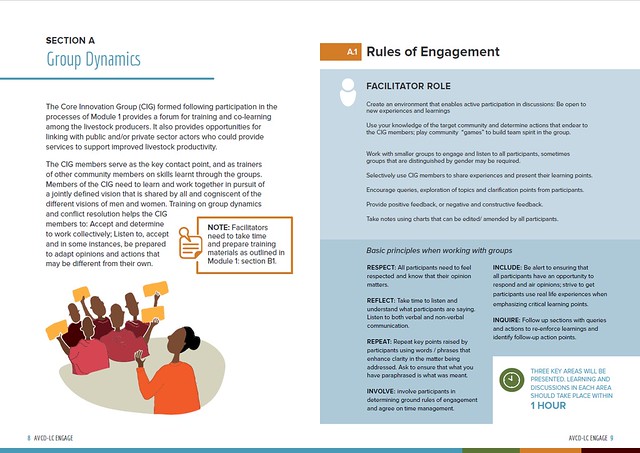
An excerpt from module two (Engage) of the manual (photo credit/ILRI).
Through adoption of the practices presented in these modules, it is anticipated that the quality of animals and meat and milk products from local breeds of sheep and goats raised in pastoral systems will improve, resulting in a 30% increase in pastoral household resilience, incomes and nutrition.
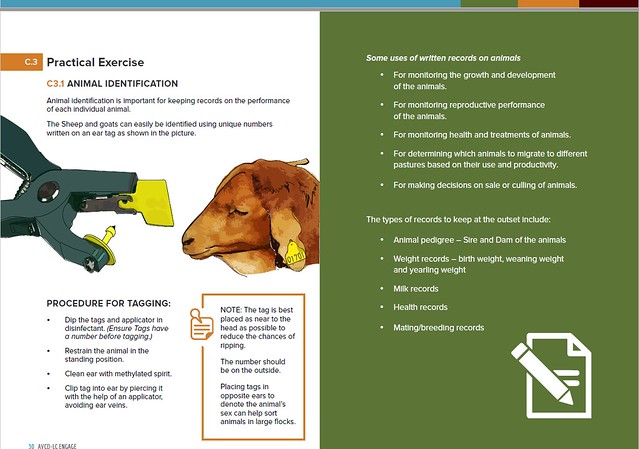
An excerpt from module two (Engage) of the manual (photo credit/ILRI).
Download module one and module two of the manual on Best practices for selective breeding for improved livestock productivity.
This work was made possible with support from the American people delivered through the USAID as part of the US Government’s Feed the Future Initiative. The contents are the responsibility of the producing organization and do not necessarily reflect the opinion of USAID or the U.S. Government.






